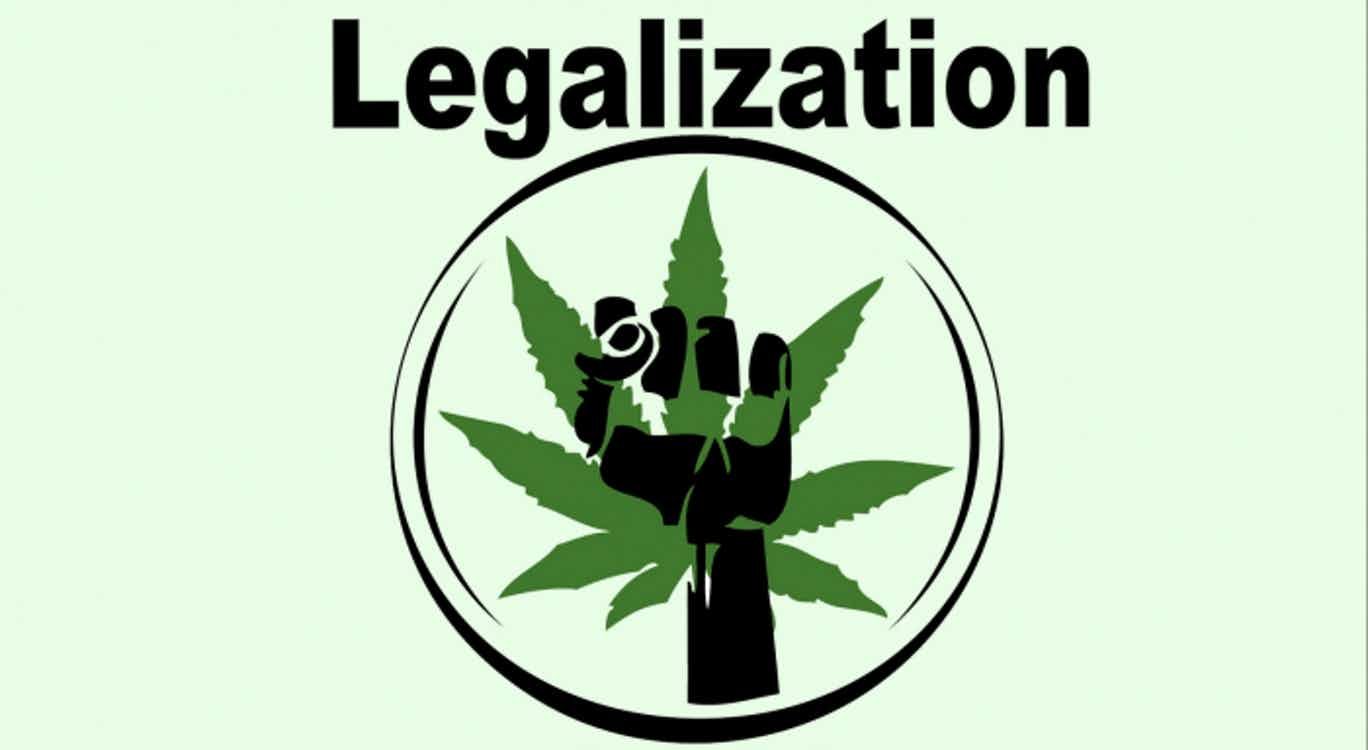By ZOE ZORKA
In March, as the Coronavirus pandemic ravaged the country, President Donald Trump signed the Coronavirus Aid, Relief, and Economic Security Act (CARES Act) — a $2 trillion emergency-relief package, the largest of its kind in American history — into law. Last month, Trump signed off on an additional $484 billion largely intended to support the newly created Paycheck Protection Program.
Yet as businesses remain closed and many states pump the brakes on their phased reopening plans, it is unlikely that the economy will rebound to its post-pandemic state anytime soon. With so many industries at a complete or partial shutdown and nearly 18 million Americans out of work, it’s time for the United States to begin examining potential economies of scope rather than scale.
One potentially lucrative new revenue stream? Legal marijuana.
Growing Revenue
A federal measure legalizing marijuana nationwide would go a long way toward making up the shortfalls in state and federal tax revenue caused by the pandemic, resulting in marginal fiscal improvement in the short-term while in the long run stimulating local businesses and creating jobs.
Before the coronavirus hit, the U.S. was enjoying its longest ever economic expansion. MSN’s Stephen Gandel notes that the country’s GDP was projected to rise by about 2.1 percent a year. But now, entire industries, some of them cornerstones of America’s economy, are either partially or completely on hold. Both private businesses and governments at every level have lost massive amounts of revenue.
That’s cash that would otherwise be injected into the market, and no amount of artificial adjustment — no amount of deficit spending or accounting trick — will ultimately compensate for its loss. But new revenue streams can be found to help make up the difference.
Sunk Costs and Missed Opportunities
Even before the pandemic, marijuana represented a massive untapped revenue stream for governments. Drawing on the most recent available data from a 2018 Cato Institute study, Dwight Blake of AmericanMarijuana.org estimated that the fiscal windfall that would be achieved through drug legalization could amount to $53.23 billion dollars in annual budgetary gains for federal, state, and local governments. For perspective, that’s enough money to cover the cost of treatment for 37,354,386 coronavirus patients, or the purchase of 357,248,332 twelve-ounce bottles of hand sanitizer or 2,681,500,000 face masks.
A Twofold Benefit
Those gains would come from two primary sources: decreases in money spent enforcing drug prohibitions and increases in tax revenue. As state, federal, and local officials look for ways to cut law-enforcement costs, an almost $43 billion reduction in the amount spent annually enforcing marijuana prohibition would be a huge help. Releasing nonviolent offenders convicted of minor marijuana charges from jail would alleviate the burden on an already-overburdened criminal-justice system. And expunging such offenders’ records would allow them to reintegrate into the labor market more smoothly, giving them a fairer chance to break the cycle of recidivism.
Read more from the source: NationalReview.com



